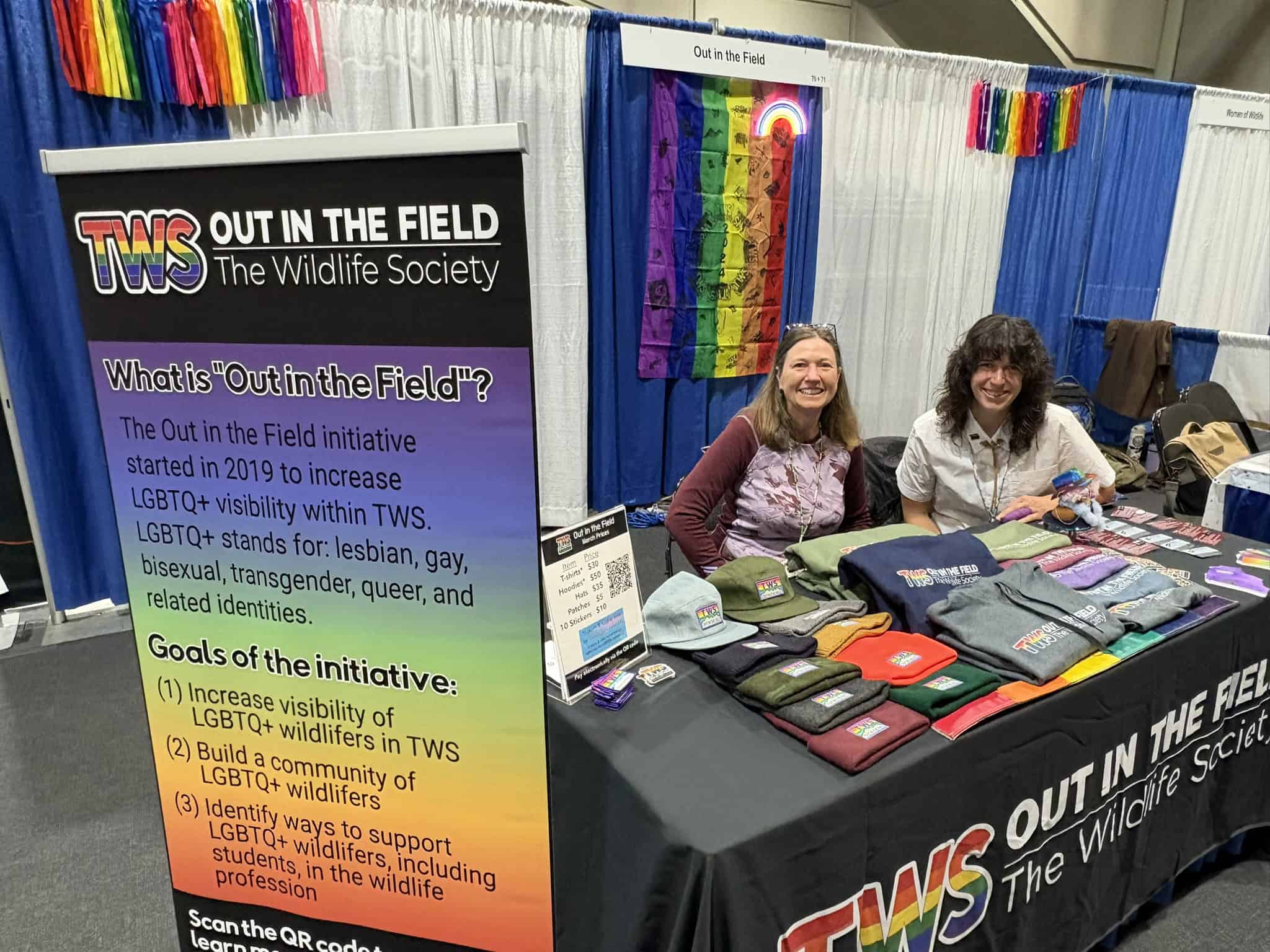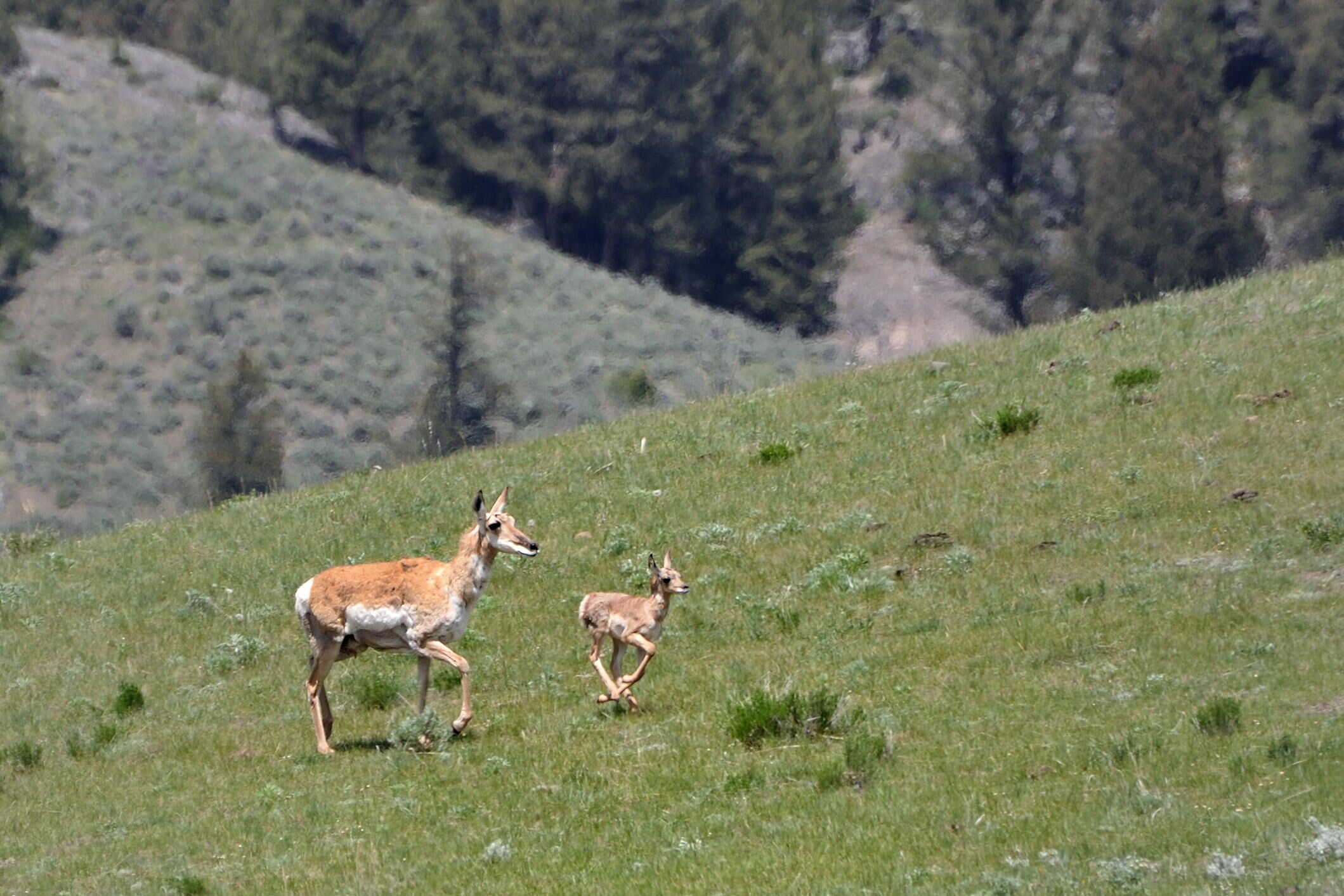Share this article
TWS Position Statement: Global Climate Change and Wildlife
Back to Position Statements page
This statement was rescinded by Council in Nov. 2022 and replaced with a new statement
View the new statement here: wildlife.org/position-statement-climate-change-sustainability-and-wildlife
Human activities over the past 100 years have caused significant changes in the earth’s climatic conditions, resulting in severe alterations in regional temperature and precipitation patterns that are expected to continue and become amplified over the next 100 years or more. Although climates have varied since the earth was formed, few scientists question the role of humans in exacerbating recent climate change through the increase in emissions of greenhouse gases (e.g., carbon dioxide, methane, water vapor). Human activities contributing to climate warming include the burning of fossil fuels, slash and burn agriculture, methane production from animal husbandry practices, and land-use changes. The critical issue for wildlife and their habitats is no longer whether climate change is occurring, but rather how to address its effects.
Contemporary land use practices that have resulted in habitat fragmentation have impaired the ability of many species to adapt to a changing climate. Climate change has, and will continue to significantly impact wildlife and wildlife habitats both directly and indirectly through land use changes responding to shifting climates. An approach involving mitigation, adaptation, and outreach is needed. Mitigation includes policies and actions that reduce the release or total amount of greenhouse gases in the atmosphere; adaptation is the development of policies and management actions to reduce impacts on wildlife resources under changing climatic conditions; and outreach involves communicating among scientists, managers, policymakers, and the general public.
The documented effects of climate change on wildlife populations and range distributions are often species-specific and highly variable. Isolated habitats and fauna, rare species, ectotherms, and habitat specialists are particularly sensitive to such changes. As a result, climatic changes are likely to facilitate an increase in generalist species and a decrease in specialist species, accompanied by a decline in overall diversity.
Other effects potentially or already occurring include an increase in invasive exotic species including infectious diseases (particularly those associated with range shifts in arthropod-transmitted diseases such as West Nile virus, Zika virus, and Lyme disease), the potential for increasingly stressed ecosystems, habitat shifts, loss of coastal habitats, altered disturbance regimes, and a decline in snow, permafrost, and sea ice. In North America, the geographic ranges of plant communities and wildlife species are generally predicted to move northward, or upward for montane species, as temperatures increase. Changes in seasonal climate have altered and will continue to alter phenology, with concomitant changes to species interactions and life histories. Variations in this overall pattern will be dependent upon specific local conditions, changes in precipitation patterns, and the differential response of species to different components of climate change. Differential responses result from geographic variation in the magnitude of change in precipitation, temperature experienced by various species or the specific life-history characteristics and inherent genetic and behavioral adaptive capacity of each species that make it relatively more or less vulnerable to changing climates, or both. The composition of plant–animal communities will thus also likely change.
The policy of The Wildlife Society regarding global climate change and wildlife is as follows:
1. Recognize and endorse efforts to reduce the accumulation of atmospheric greenhouse gases as a means of reducing climate change impacts on wildlife and humans.
2. Encourage the inclusion of wildlife considerations in the design and implementation of activities to reduce the accumulation of greenhouse gases.
3. Encourage natural resource management activities that increase carbon sequestration and conserve and restore natural ecosystems as these activities also have substantial wildlife benefits.
4. Encourage the elimination of shifting or cut and burn agriculture in tropical areas, reversal of the conversion of prairie and forest to row-crop agriculture, and maintenance of native ecosystems whenever possible.
5. Increase the ability of wildlife and wildlife habitats to adapt to a changing climate in the following ways:
a. Encourage proactive management programs to facilitate dispersal of sensitive species and maintenance of large intact ecosystems.
b. Support management activities that reduce factors that contribute to ecosystem stress (e.g. urbanization, pollution, habitat fragmentation and conversion, ozone depletion, invasive species.
c. Maintain and manage for native wildlife populations and wildlife habitat connected by strategic corridors whenever possible.
d. Encourage implementation of state and federal monitoring programs for wildlife and wildlife habitats expected to be most sensitive to climate change and variability (e.g., alpine species, habitat specialists, slow reproducers, non-motile species).
e. Consider the recommendations and strategies contained within the 2012 National Fish, Wildlife and Plants Climate Adaptation Strategy, developed by state, federal, and tribal participants.
6. Increase climate change outreach:
a. Educate wildlife students, biologists, managers, and the public about climate change, the potential effects of climate change on wildlife, and ways to account
for climate change in wildlife planning and management in cooperation with government wildlife agencies and wildlife educational institutions.
b. Encourage state and federal wildlife agencies, non-profit organizations, and private landowners to consider climate change impacts when developing long-range wildlife management plans and strategies.
Approved by Council November 2017.








